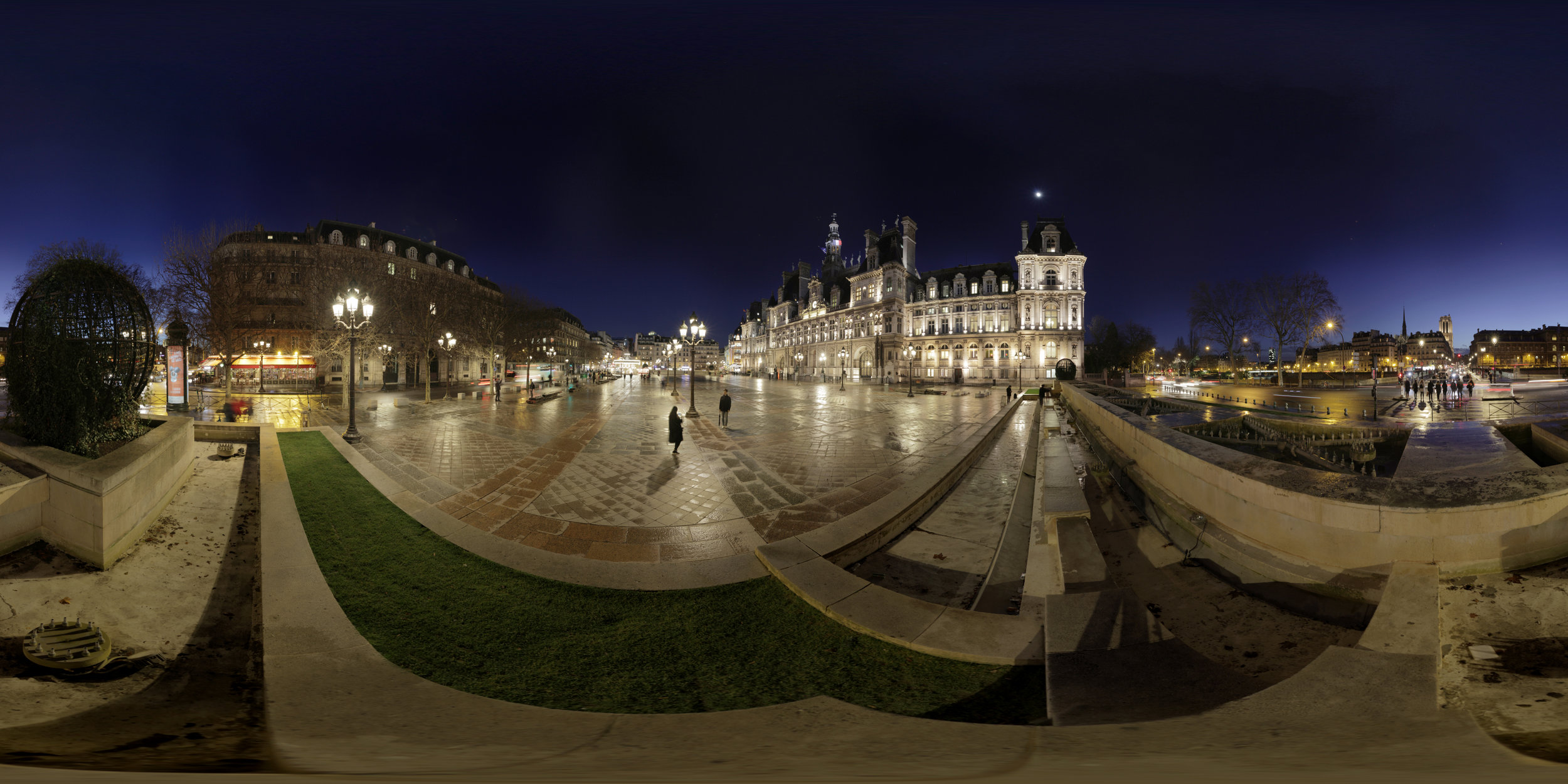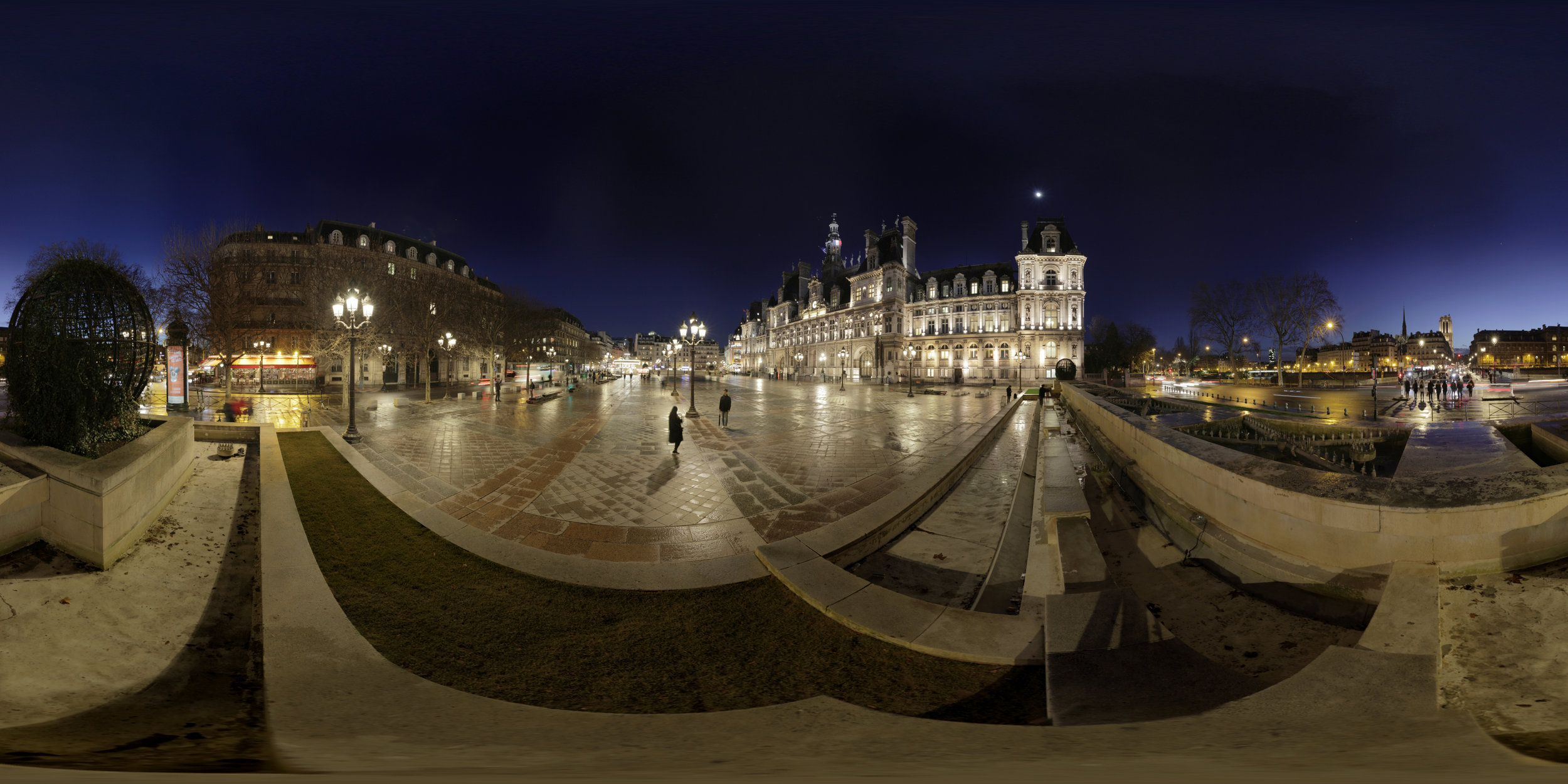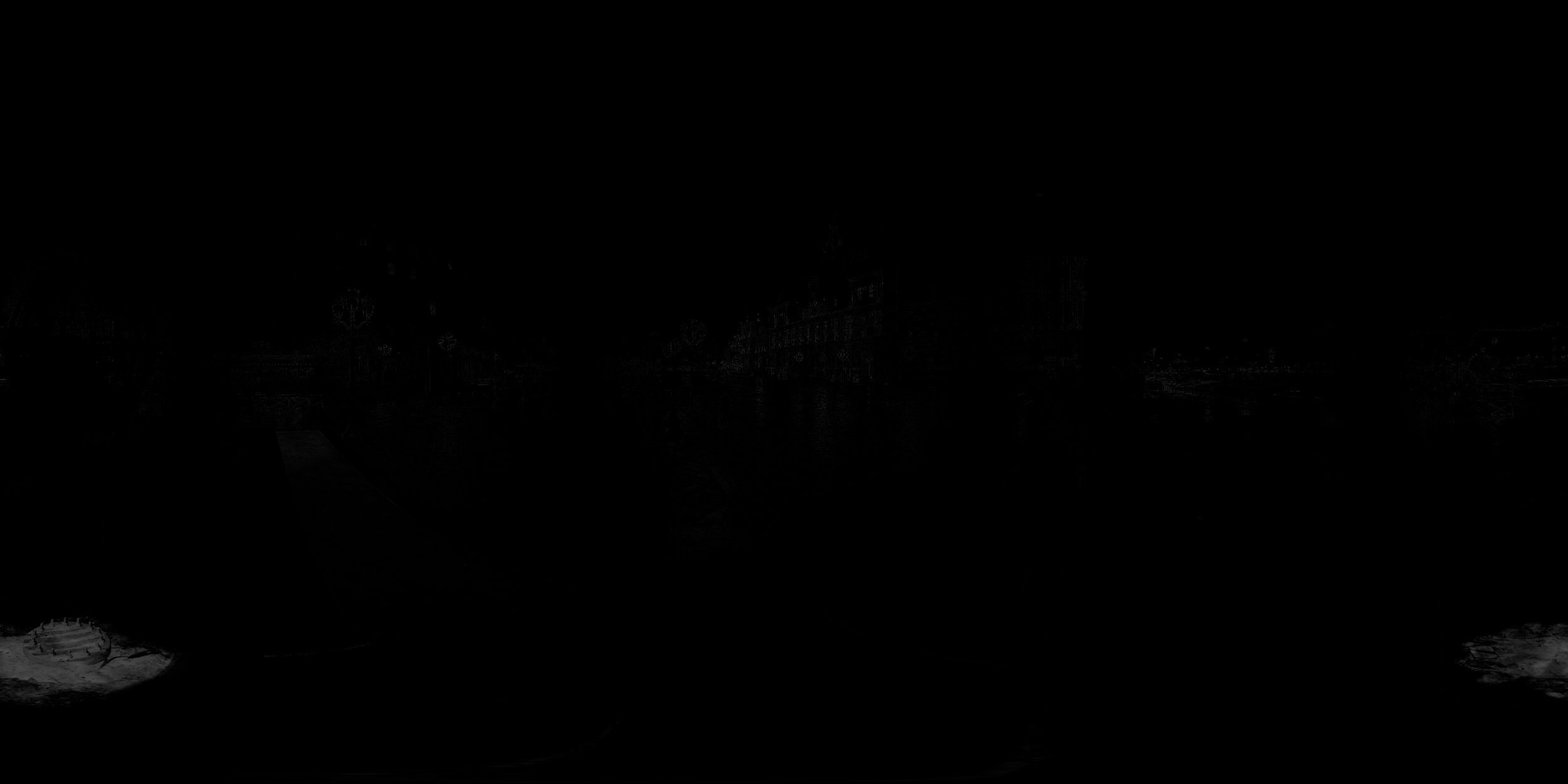I’ve finally started toying around with BlinkScript. After multiple unsuccessful attempts at understanding the Blink Reference Guide, I am now faced with an interesting enough challenge that I went back to it, for real. I’ve also started working with Guillem Ramisa De Soto, which, to be honest, feels like a huge cheat code (i r winner).
I’m not too far on my journey to mastering the power of the node, but I’m at least confident that I now understand the language well enough to work with it.
So, when I watched Veritasium’s video about math being flawed this weekend, I naturally had to try making Conway’s Game Of Life in BlinkScript.
And so, here it is:
The Setup
The main problem of Conway’s Game Of Life is that you need to know the current state of the cell at t to generate the next cells at t+1. On it’s own, that’s perfectly reasonable but you can’t really do that in Nuke. So, I had to render each frame to feed them back to the script via a time offsetted read, thus creating a feedback loop.
The comp looks like that.
Feedback loop logic
At frame == 1
Render Frame 1
At frame >= 2
Load frame-1 via the read and the framehold [frame-1] nodes
Go through the BlinkScript Node to get the state of the game at frame based on the state of the game at frame-1
Render it and start again for frame+1
The Code
kernel TheGameOfLife : public ImageComputationKernel
{
Image src;
Image dst;
param:
// Color above which a pixel will be consider as alive
float whitePoint;
void init()
{
// To get the neighbouring pixels
src.setRange(-1, -1, 1, 1);
}
void process(int2 pos)
{
float neighbours[9];
int neighboursCount = 0;
// Loop on every pixels neighbouring the current one
int index = 0;
for (int i = -1; i <= 1; i++) {
for (int j = -1; j <= 1; j++) {
neighbours[index] = src(i, j);
index += 1;
}
}
// Neighbouring pixel coordinates
// (-1, 1) - (0, 1) - (1, 1)
// (-1, 0) - (0, 0) - (1, 0)
// (-1, -1) - (0, -1) - (1, -1)
// Count the number of neighbouring pixels that are alive
// Do not count the current pixel to avoid self reference and messed up results
for (int i = 0; i <= 9; i++) {
if (i != 4) {
if (neighbours[i] > whitePoint) {
neighboursCount += 1;
}
}
}
// Output based on the rules of the game
dst() = 0.0f;
// Current is alive
if (neighbours[4] > whitePoint) {
if (neighboursCount > 3) {
// Any live cell with more than three live neighbours dies, as if by overpopulation.
dst() = 0.0f;
} else if (neighboursCount >= 2) {
// Any live cell with two or three live neighbours lives on to the next generation.
dst() = 1.0f;
} else if (neighboursCount < 2) {
// Any live cell with fewer than two live neighbours dies, as if by underpopulation.
dst() = 0.0f;
}
// Current is dead
} else {
if (neighboursCount == 3) {
// Any dead cell with exactly three live neighbours becomes a live cell, as if by reproduction.
dst() = 1.0f;
}
}
}
};
Have fun with it !





